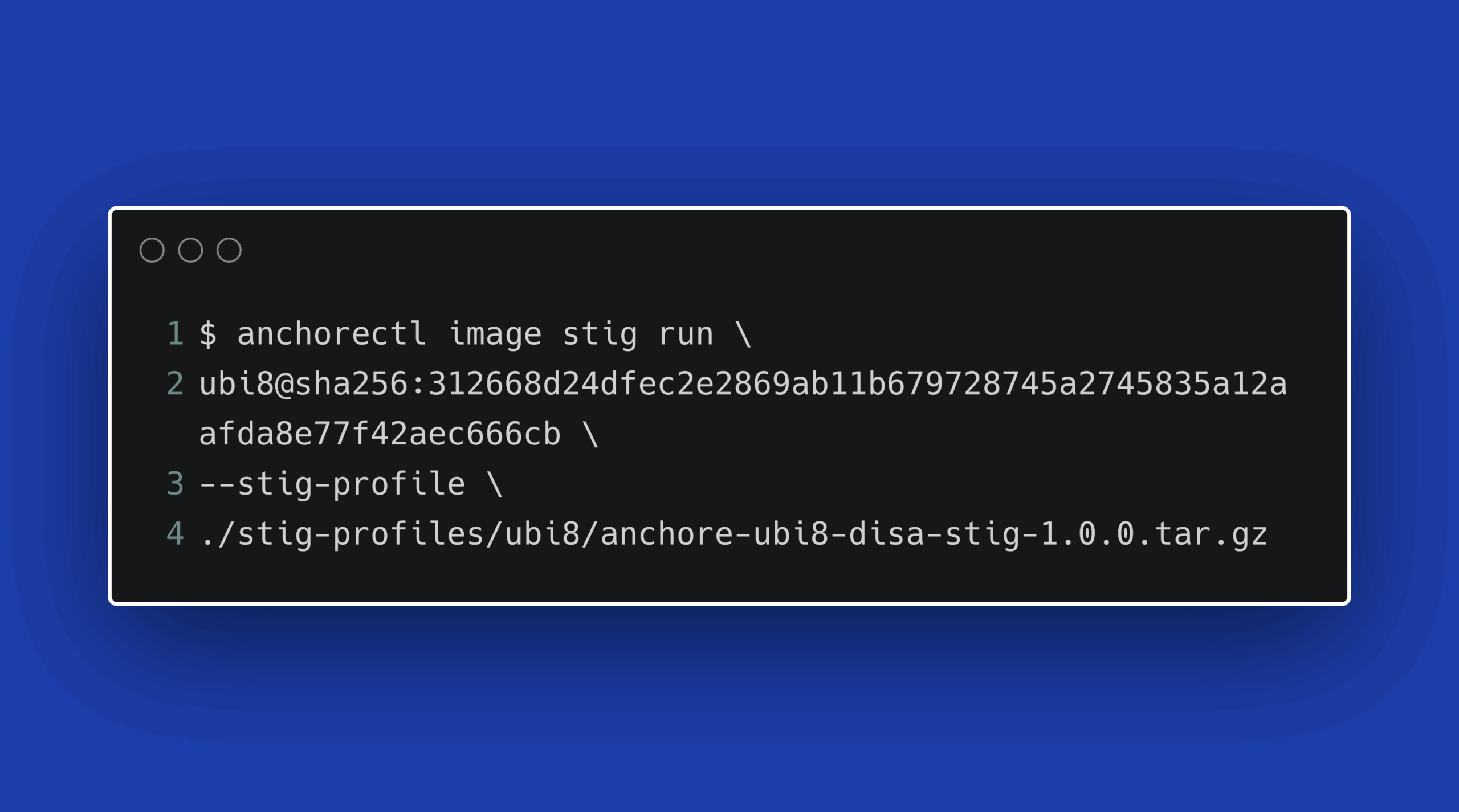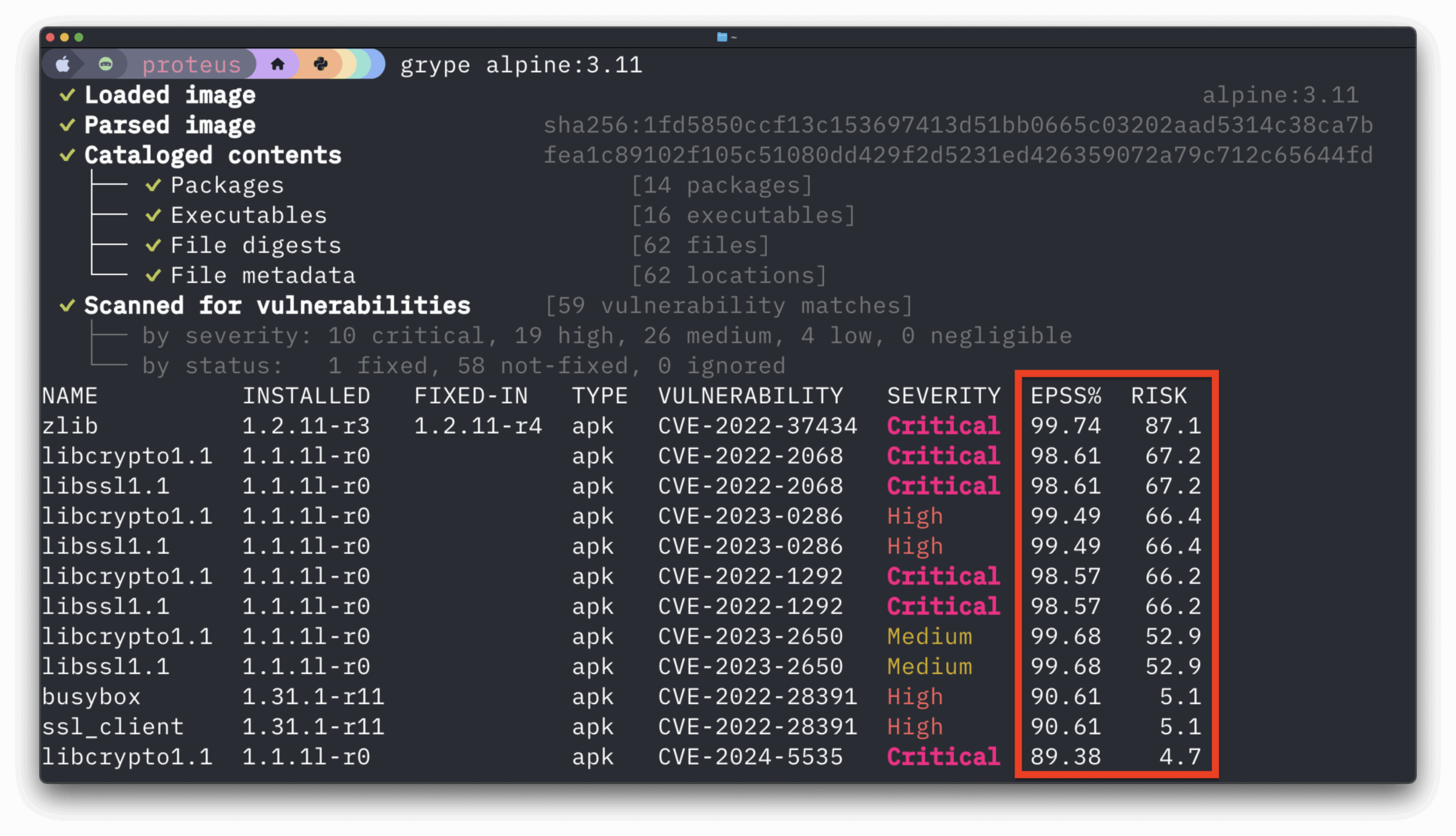Open source software is being vilified once again and, in some circles, even considered a national security threat. Open source software risk has been a recurring theme: First it was classified as dangerous because anyone could work on it and then it was called insecure because nobody was in charge. After that, the concern was that open source licenses were risky because they would require you to make your entire product open source.
Let’s consider where open source stands today. It’s running at minimum 80% of the world. Probably more. Some of the most mission-critical applications and services on the planet (and on Mars) are open source. The reality is, open source software isn’t inherently more risky than anything else. It’s simply misunderstood, so it’s easy to pick on.
Myth 1: Open source software is a risk because it isn’t secure
Open source software may not be as risky as you have been led to believe, but that doesn’t mean it gets a free pass either.
The most recent and top-of-mind example is the Log4Shell vulnerability in Log4j. It’s easy to put the blame on open source, but it’s lack of proper insight into our infrastructure that is the fundamental issue.
The question, “Are we running Log4j?” took many of us weeks to answer when we needed that answer in a few minutes. The key to managing our software risk (and that’s all software, not just open source) is to have the ability to know what is running and where it’s running. This is the literal purpose for a software bill of materials (SBOM).
The foundation for managing open source risk begins with knowing what we have in our software supply chain. Any software can be a potential risk if you don’t know you’re running it. You should be generating and receiving an SBOM for every piece of software used and have the capability to store and search the data. Not knowing what you’re running in your software supply chain is a far greater risk than actually running it.
The reality is that open source software is just software. It’s when we do a poor job of incorporating it into our products, deploying it, and tracking it that creates this mythic “security risk” we often hear about.
Myth 2: Open source software is a risk because it isn’t high quality
It was easier a decade ago to claim that open source software was inferior because there wasn’t a lot of open source in use. Today too much of the world runs on top of open source software to make the claim that it is low quality — the idea is simply laughable.
The real purpose behind the message that open source software is not suitable for enterprise use — and which you’ll often hear from legacy software vendors — is that open source software is inferior to commercially developed software.
In actuality, we’re not in a place to measure the quality of any of our software. While work is ongoing to fill this need, your best option today is to find the open source software that solves your problem and then make sure that it is up to date and has no major bugs that can leave your software supply chain susceptible to vulnerabilities.
Myth 3: Open source software is a risk because you can’t trust the people writing it
Myth 3 is loosely tied to the first myth that open source software is not secure. There are efforts to measure open source quality, which is a noble cause. Not all open source is created equally. It’s a common misbelief that open source projects with only one maintainer are of lower quality (see myth 2) and you can’t trust the people who build them.
There are plenty of projects in wide use where nobody really knows who is working on them. It’s a GitHub ID and that’s about it. So it’s possible the maintainer is an adversary. It’s also possible the intern that your endpoint vendor just hired is an adversary. The only difference is that in the open source world, we can at least figure it out.
Although there are open source projects that are nefarious, there are also many people working to uncover the malicious activity. They include a wide range of individuals from end users pointing out strange behavior to researchers scanning repositories and endpoint teams looking for active threats. The global community is a mighty power when it turns its attention to finding malicious open source software.
Again, open source software risk is less about trust than it is about having insight into what we are using and how we are using it. Trying to find malicious code is not realistic for many of us, but when it does get found, we need the ability to quickly pinpoint it in our software and remove it.
The true risk of open source software
In an era where the use of open source software is only increasing, the true risk in using open source — or any software for that matter — is failing to understand how it works. In the early days of open source, we could only understand our software by creating it. There wasn’t a difference between being an open source user and an open source contributor.
Open source is very different today. The number of open source users is huge (the population of the world to be exact), while the number of open source contributors is much smaller. And this is OK because everyone shouldn’t be expected to be an open source contributor. There’s nothing wrong with taking in open source packages and using them to build something else. That’s the whole point!
If there’s one piece of advice I can give, it’s that consuming open source can help you create better software faster as long as you manage risk. There are many good tools that scan for vulnerabilities and there are SBOM-driven solutions to help you identify security issues in all your software components. Open source is an experience where we will all have a different journey. But like any journey, we have to pay attention along the way or we could find ourselves off course.
Josh Bressers
Josh Bressers is vice president of security at Anchore where he guides security feature development for the company’s commercial and open source solutions. He serves on the Open Source Security Foundation technical advisory council and is a co-founder of the Global Security Database project, which is a Cloud Security Alliance working group that is defining the future of security vulnerability identifiers.



